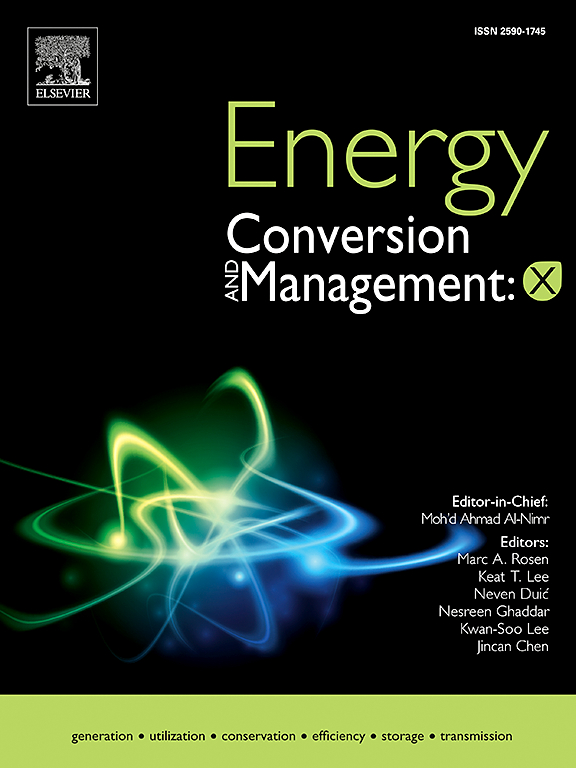从废弃电气和电子设备(WEEE)分拣厂回收富含塑料的废料:通过产品特征描述和生命周期评估(LCA)深入研究热解潜力
IF 9.9
1区 工程技术
Q1 ENERGY & FUELS
引用次数: 0
摘要
本文章由计算机程序翻译,如有差异,请以英文原文为准。
Recycling of plastic-rich streams from waste electrical and electronic equipment (WEEE) sorting plants: An in-depth study of pyrolysis potential through product characterization and life cycle assessment (LCA)
Thermochemical recycling is emerging as a viable alternative for the recycling of complex plastic waste streams, such as those originated in waste electrical and electronic equipment (WEEE) sorting facilities. In this work, three different WEEE plastic-rich samples are subjected to pyrolysis and the resulting products are thoroughly analyzed to assess their potential industrial utilization. The pyrolysis processes are conducted in a 3 L non-stirred tank reactor at a heating rate of 15 °C/min, reaching a final temperature of 500 °C with a dwell time of 30 min, using 1 L/min of N2 as carrier gas. The pyrolysis products are characterized and evaluated for their potential applications, including petrochemical feedstock, refuse derived fuel (RDF), and solid adsorbent. The results indicate that pyrolysis liquids can be used as RDF in cement kilns, provided the halogen content is below acceptance limits. The gases produced could be used as refinery gases after pollutant removal. Additionally, the solid fraction casts promising results in preliminary tests as a drug adsorbent in water, suggesting a new and very interesting path of research. Life cycle assessment (LCA) shows that the pyrolysis of sample C, which has the worst chemical properties, gives the lowest environmental impact, since the solid fraction from this sample is the most effective adsorbent, achieving almost 100 % removal efficiency for the tested drugs. The findings suggest that pyrolysis of plastic-rich streams should not always be focused on the oil production, as it can yield other valuable products.
求助全文
通过发布文献求助,成功后即可免费获取论文全文。
去求助
来源期刊

Energy Conversion and Management
工程技术-力学
CiteScore
19.00
自引率
11.50%
发文量
1304
审稿时长
17 days
期刊介绍:
The journal Energy Conversion and Management provides a forum for publishing original contributions and comprehensive technical review articles of interdisciplinary and original research on all important energy topics.
The topics considered include energy generation, utilization, conversion, storage, transmission, conservation, management and sustainability. These topics typically involve various types of energy such as mechanical, thermal, nuclear, chemical, electromagnetic, magnetic and electric. These energy types cover all known energy resources, including renewable resources (e.g., solar, bio, hydro, wind, geothermal and ocean energy), fossil fuels and nuclear resources.
 求助内容:
求助内容: 应助结果提醒方式:
应助结果提醒方式:


